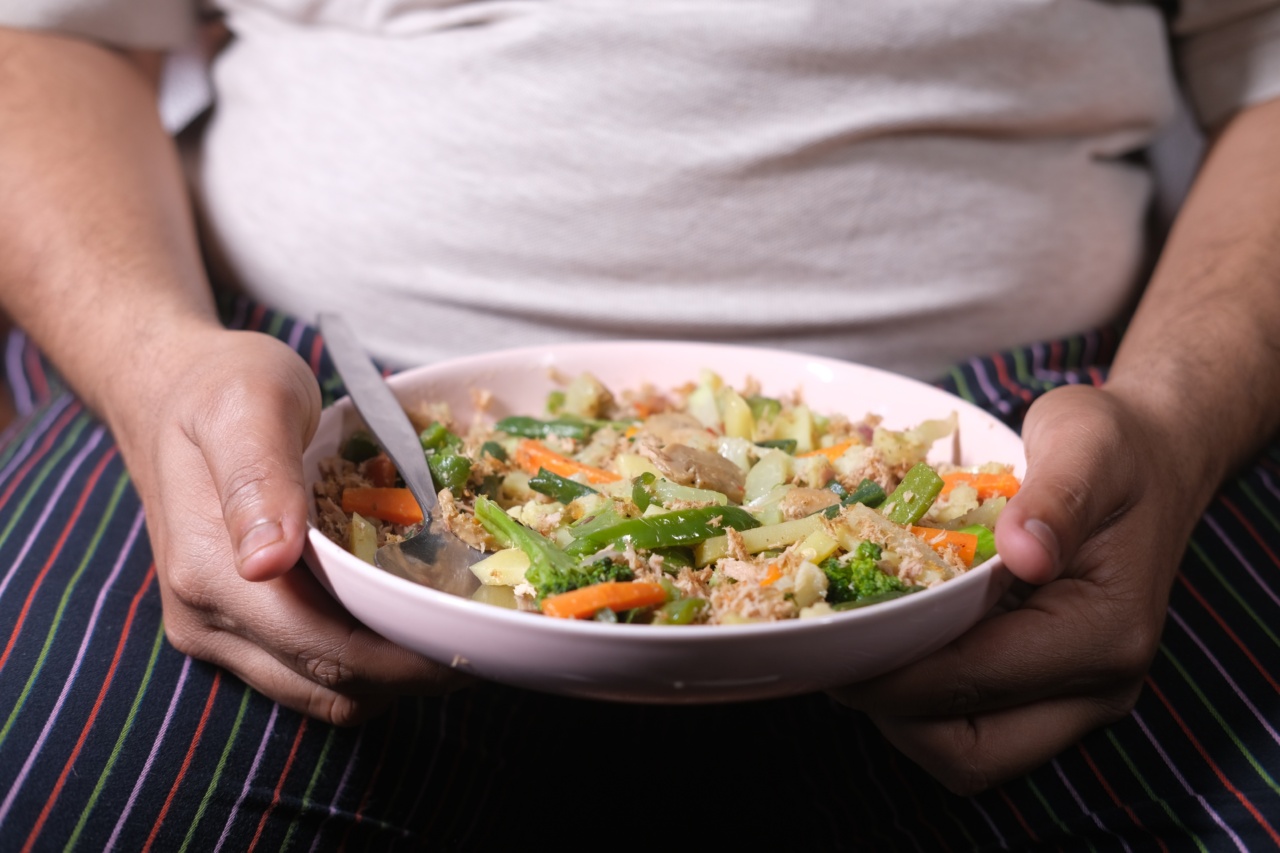Childhood obesity is a concerning issue that has become increasingly prevalent in recent years. There are countless factors that contribute to the rise in childhood obesity, such as genetics, lack of physical activity, and unhealthy eating habits.
One aspect that researchers have begun to explore is whether being an overweight baby increases the likelihood of becoming an obese adult. In this article, we will delve into this topic and examine the evidence surrounding it.
Defining overweight babies
Before delving deeper into the topic, it is essential to understand how babies’ weight is measured. In infants, weight is typically classified based on percentiles.
Babies who fall between the 5th and 85th percentiles are considered to have a healthy weight. Those below the 5th percentile are classified as underweight, whereas babies above the 85th percentile are considered overweight or obese.
Genetics and family history
Genetics play a crucial role in an individual’s susceptibility to obesity. Some studies suggest that genetic factors responsible for obesity may already be present in infancy.
If a baby is born into a family with a history of obesity, they may inherit certain genetic variations that predispose them to gain excess weight easily. However, this does not guarantee that an overweight baby will become an obese adult.
Nutrition and feeding practices
The relationship between nutrition and weight gain is undeniably linked. Parents have a significant influence on building healthy eating habits in their babies.
It is essential to provide infants with a balanced diet that includes appropriate portions of fruits, vegetables, whole grains, and proteins. Breastfeeding is also known to have numerous benefits, as breast milk provides the ideal nutrition for infants and helps regulate their weight more effectively.
In contrast, formula-fed babies may be at a higher risk of becoming overweight. This can be attributed to factors such as overfeeding, excessive caloric intake, or the composition of some commercial formulas.
Parents should consult with healthcare professionals to determine the appropriate feeding practices for their infants to minimize the risk of excessive weight gain.
Physical activity and sedentary behaviors
Babies engage in physical activity from the moment they start crawling and exploring their surroundings. Encouraging babies to be active, such as providing opportunities for playtime and supervised tummy time, can help develop healthy habits early on.
Conversely, sedentary behaviors, such as excessive screen time or long periods of inactivity, may contribute to weight gain in babies.
Limiting the time infants spend in front of screens and promoting active playtime can help reduce the risk of excess weight gain.
Long-term health outcomes
Several studies have examined the long-term health outcomes of overweight babies. While being an overweight baby does not guarantee obesity in adulthood, it does increase the likelihood.
A study published in the New England Journal of Medicine found that infants above the 95th percentile for weight had a higher risk of obesity by the age of 7, compared to those within the healthy weight range.
Moreover, being an overweight baby has been associated with an increased risk of other health complications later in life, such as diabetes, cardiovascular diseases, and certain types of cancer.
Although the correlation is not definitive, it highlights the importance of addressing excess weight in infancy to mitigate future risks.
The importance of early intervention
While the correlation between overweight babies and obese adults exists, it is important to note that preventive measures can be taken to reduce the likelihood of long-term obesity.
Early intervention through healthy feeding practices, physical activity promotion, and regular monitoring by healthcare professionals can help set babies on a path towards a healthy weight throughout childhood and beyond.
Conclusion
While there is a link between being an overweight baby and becoming an obese adult, it is not a definitive guarantee.
Genetic factors, nutritional choices, physical activity levels, and early intervention all play significant roles in determining a child’s long-term weight outcomes. By adopting healthy habits and seeking guidance from healthcare professionals, parents can help reduce the risk of their babies developing obesity later in life.































